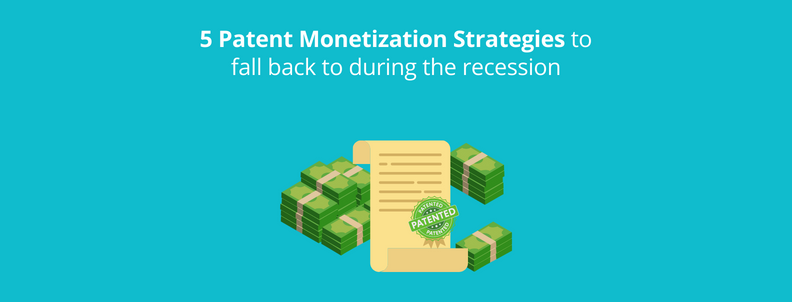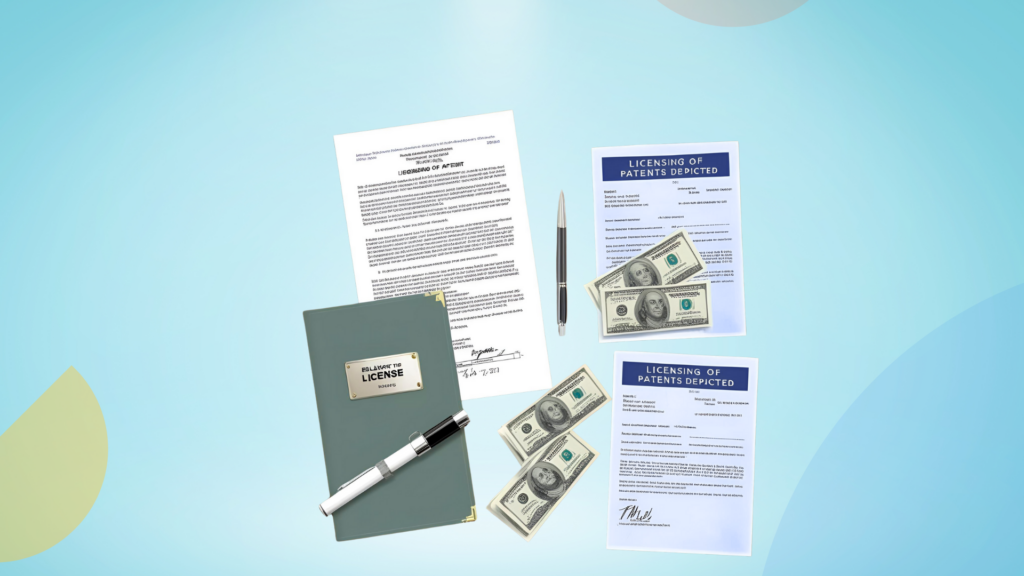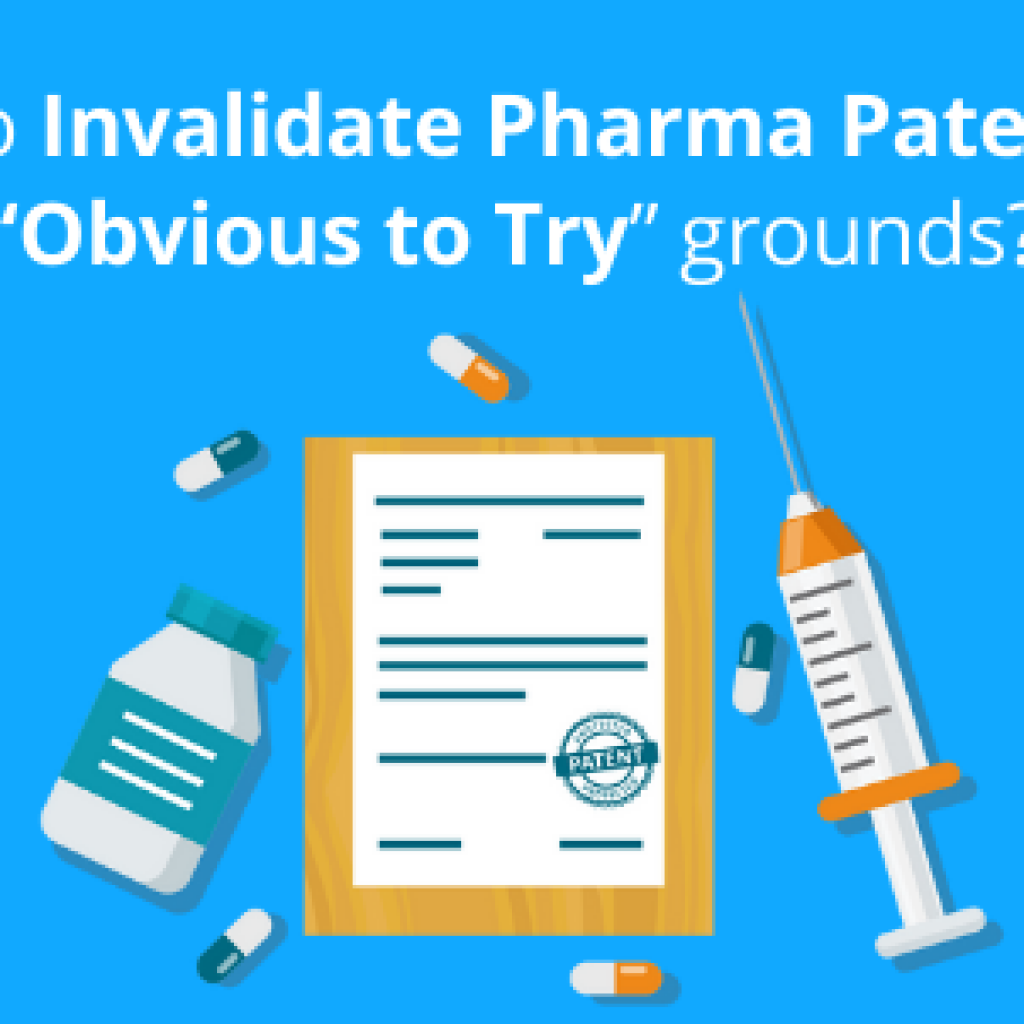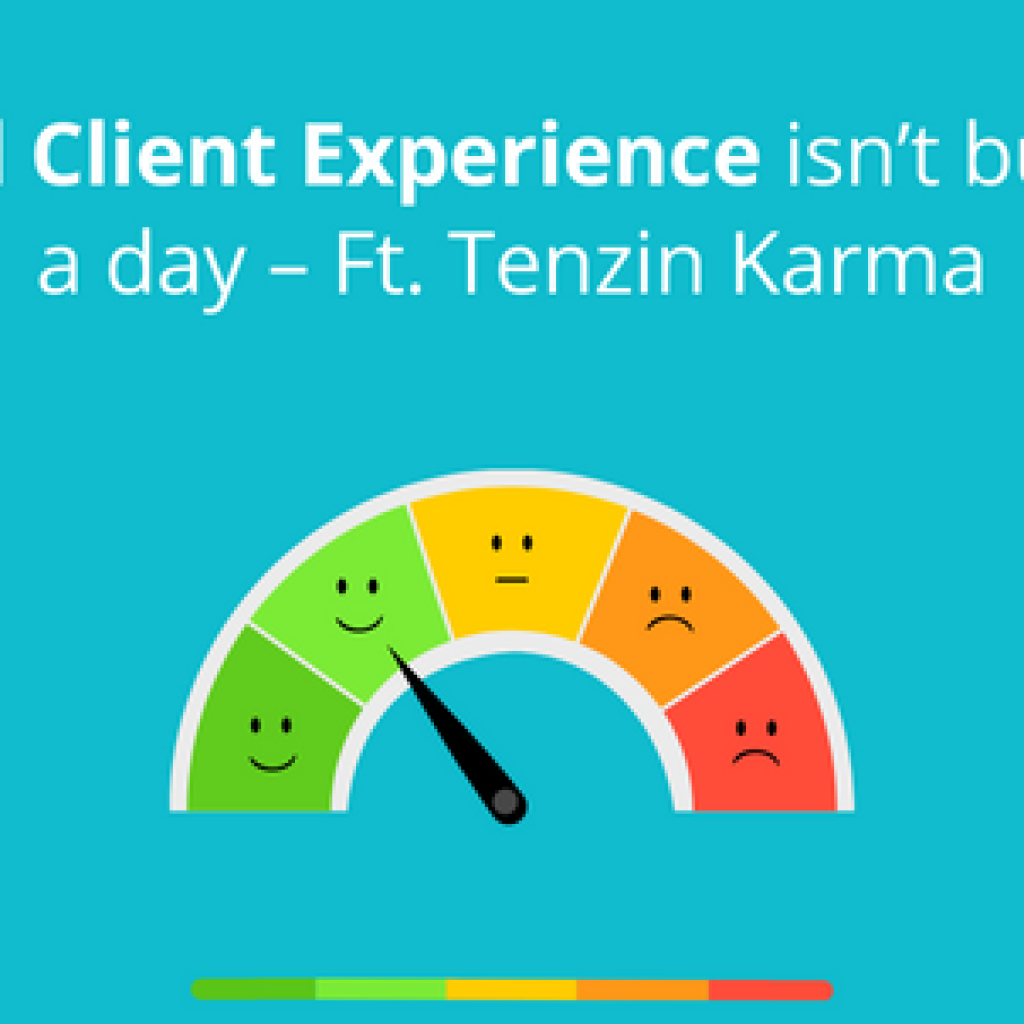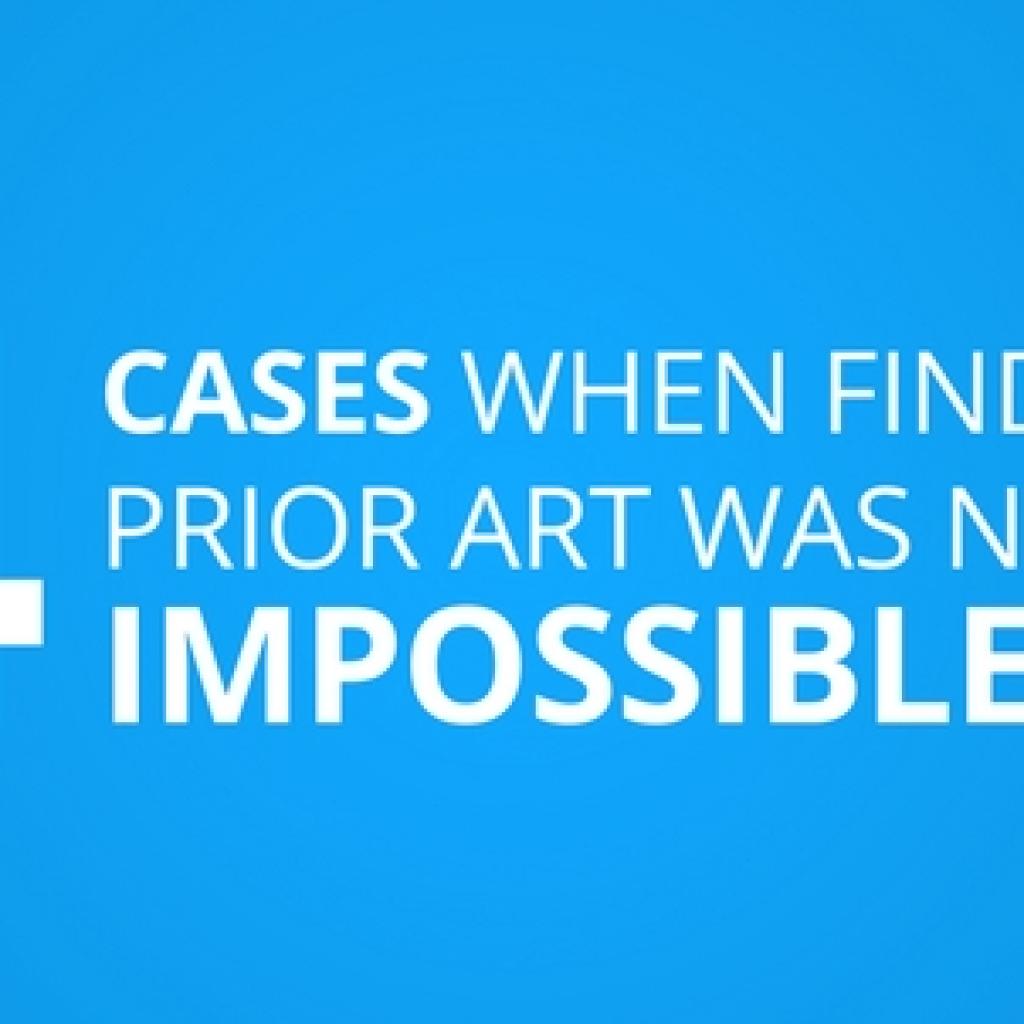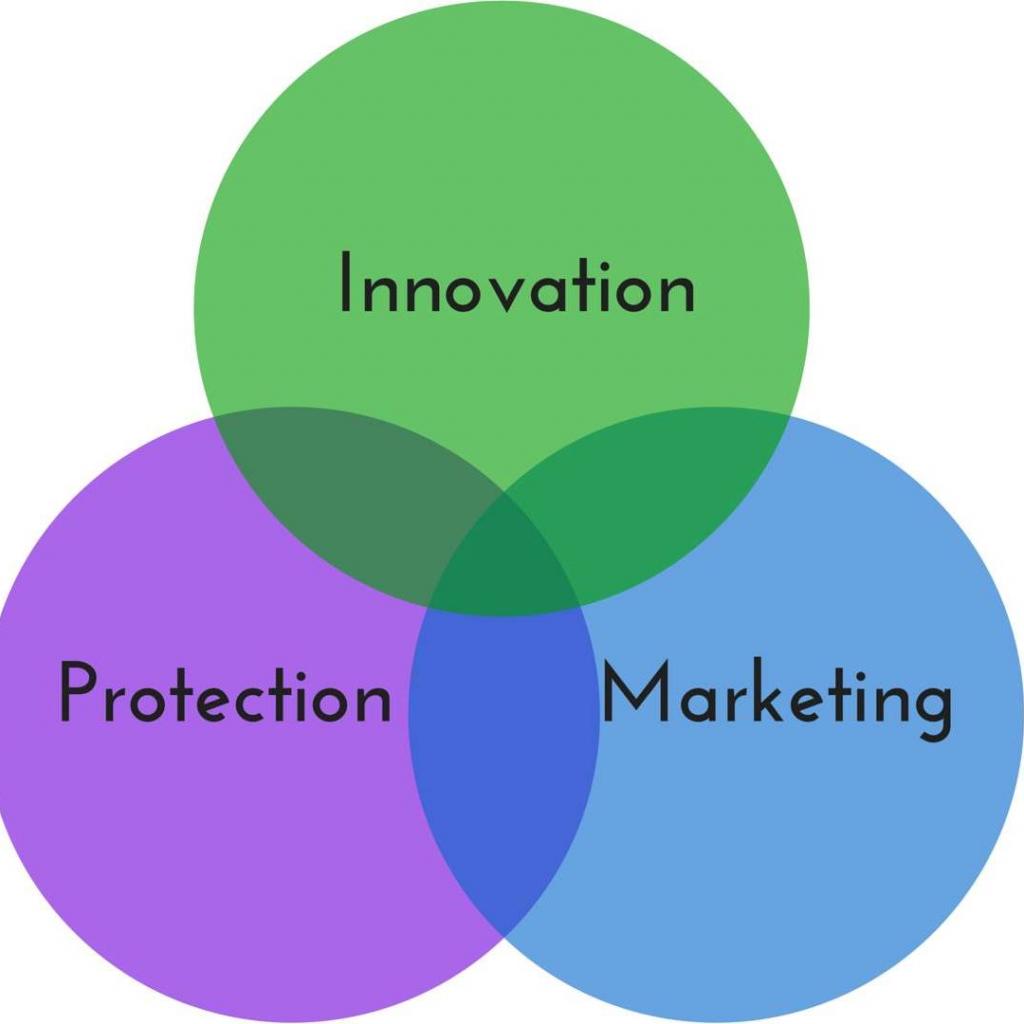According to a Forbes report, out of the 2.1 million active US patents, hardly 5% have reached the market. About 90% of the patents fail to be commercialized or find angel investors or licensees.
One of the main reasons for filing patents is to use them as company assets. But, if you haven’t been able to monetize or commercialize your patent portfolio, then they are a mere liability.
Top this up with the cost of filing and maintaining a patent; a huge chunk of your money goes down the drain. As a result, this can be crippling for companies that do not have the monetary sources to deal with such liability, especially when the recession hits.
This raises a very crucial question. What should you do with such patents?
Turning a patent into a financial benefit requires good patent understanding and a solid strategy. While you can take care of the former, this article gives you the right strategy to profit from your patents.
But, the first and most important part of building a patent monetization strategy is to get a portfolio audit. What is it? Why is it important, especially in times of recession? Let’s take a minute to answer them all.
Patent Portfolio audit
As easy as the term Portfolio Portfolio Audit may sound, it can be the biggest headache for companies. And while the Patent Portfolio represents the collection of patents owned by a company, all patents may not align with its business aspect. Therefore categorizing them as valuable and non-valuable patents can help you sort the patents that can bring profits to the company.
Knowing valuable patents will help you file similar ones or approach companies to license these patents. You can even utilize them as bargaining chips if and when the company faces a lawsuit.
With GreyB’s patent portfolio audit, our clients could take a call on abandoning patents that gave no monetization or IP benefits, were weak, or could be easily invalidated.
Want to save money on filing fees, maintenance fees, and potential lawsuits?
Here’s how you can assess the value of your patent set quickly. Or, you know, you can always get in touch with us!
After the portfolio audit, you will be able to figure out the value your patents hold. The next thing to decide is which patent monetization strategies below will work best for you.
1. License the non-valuable assets in your patent portfolio to competitors who might need them
Commercializing a patented invention can be difficult, especially for small and medium-sized businesses. From money to time, a lot goes on in the backend of launching a new product. However, to monetize a patent, the inventor doesn’t always need to convert it to a product. In other words, the patent owner does not have to be the manufacturer of the invention.
So then, how do you monetize it? Well, this is where licensing your patent comes into the picture.
For the uninitiated, Patent Licensing refers to assigning a patent’s ownership to a third party so that they can make, use, and sell your invention, either exclusively or non-exclusively, for an amount of pre-decided royalties.
Yet the real question is: How do you look for the patents that fall into this monetization strategy? If you want a simpler answer – it is Patent Infringement Search.
Infringement analysis can help you identify potential infringers and license your patents to them.
Which companies should utilize this patent monetization strategy and why?
Big companies that have dispossessed a specific product line but still own patents related to it can utilize this strategy. For example: in April 2021, LG announced discontinuing the production and sales of its loss-making smartphone division. LG is a big company with many smartphone-related patents, even in 4G and 5G.
According to a report by TheElec, LG is considering creating a spinoff company to transfer these patents. The spinoff would then license them to anyone who wishes to use them, including its erstwhile competitors like Apple, Samsung, etc., to generate revenue. (Pssst… it’s still holding on to its good patents to use in smart appliances and IoT devices.)
So if you are thinking of abandoning some patents, think again. Your competitors might need them. Their patent tech might have been rejected by the examiner, citing your patent, or their product might infringe on it.
Want to identify those patents? Request an infringement analysis on your patent set today.
2. Use Patent pools to license your patents
Another place where you can find value for your patents is by entering the patent pools. It is essential to formalize all the key terms and conditions governing the patent pool during its formation. As part of the pool agreement, parties agree that in the event of an infringement, all parties will take collective action.
Allow me to explain this strategy using an example.
In 2021, a MPEG-H 3D Audio patent pool was announced by Via Licensing Corporation. Eight companies, including Dolby, ETRI, Fraunhofer, Orange, Royal Philips, Sony Group Corp., VoiceAge, and WILUS, were part of the patent pool.
So if you have audio-related patents, to find which of them are essential for the mentioned patent pool, you can get research done (via companies like GreyB). You can then contact Via licensing with the evidence to get entry to this MPEG-H 3D Audio pool. Now, as and when Via licensing signs licenses for this pool. You will get some revenue in return. Thereby setting up an additional revenue stream for your company.
Similarly, other companies can look for patent pools in areas where they have patents. Get the research done to see if their patents are essential to those standards. Then use the evidence to get entry to those pools. And create additional revenue streams for themselves during the recession period.
Here’s how you can avoid hurdles in being accepted by patent pools.
Which companies should utilize this patent monetization strategy and why?
Specific standards like 4G, 5G, IoT, etc., are in high demand these days. Companies with patents related to these standards should look for such patent pools. And submit their patents to those pools to generate revenue. For example – In July 2022, Sisvel launched a Patent Pool on Wi-Fi 6. Huawei also submitted its patents to this pool as a founding member.
But what happens when you don’t have essential patents in your patent set? This is where our next strategy comes in.
3. Buy more quality patents with licensing potential
In a scenario where patent monetization can bring in revenue, there can be several downsides to not having a patent portfolio that serves as an asset.
Imagine the world is in the shackles of the recession, and as your company is trying to cut costs, the maintenance costs of your patent portfolio are burning a hole in your pocket. Snap back to reality, and you can acquire quality patents that will help you in these tough times by generating additional revenue.
Granted, it seems like an extensive, elaborate search – but it is necessary. And when there is no in-house team for such tasks, it is better not to do it yourself and let the experts handle it.
GreyB has performed the patent landscape search for various clients to help determine which patents overlap with their competitor products. So, they can eventually acquire those high-quality patents and license them to the competitors, gaining the upper hand.
Want to see us in action? Click here.
Which companies should utilize this patent monetization strategy and why?
Any company that plans to add a new line of revenue generation to their kitty can use this patent monetization strategy. A real-life example of this strategy is a visual search company called Slyce that acquired a patent US9152624B1 in March 2019 from RETAIL OPTIMIZATION INTERNATIONAL, INC. Then in November 2019, they used the same patent to litigate against Visual Conception Ltd (complaint document). This case was closed in Feb 2020 due to a “joint motion to dismiss.” Thus, Slyce reached some agreement with Visual Conception and generated revenue through settlement.
4. Benefit from the companies going bankrupt during the recession
Recession will not be easy on everyone, and having a great patent portfolio does not guarantee survival. So what should be your next course of action?
Well, there will be companies going bankrupt during this time. And that may well include companies with high-value patents in their portfolio. Patents that can help you keep your company stay afloat or even prosper during this time. You must try to look out for such entities in your domain and buy patents from them to monetize them later.
Take Kodak, for example. In 2012, when Kodak was on the verge of bankruptcy, Intellectual ventures and RPX formed a consortium to buy their patents. And they were able to buy 1100 assets for about $525 million, which is 20% of the expected target price of about $2.6bn.
When companies go bankrupt, others can get good patents for a bargain price and use them to build their portfolio. However, it is important to perform thorough research and risk analysis on these patents before acquiring them. So that you pay a reasonable cost, and eventually, those patents serve as assets to you.
Which companies should utilize this patent monetization strategy and why?
All companies or consortiums with extra budgets can utilize this strategy to get good patents at a bargain price. Implementing this strategy can help them stay ahead of their competitors, assert them, or use them for defensive purposes.
5. Sell the non-aligning patents to your non-competitors
The reason for investing in a patent portfolio audit is to find good quality patents and the ones that do not sit well with your business goals. While they essentially turn out to be a burden in the form of maintenance fees, you can turn them into assets by selling them to companies working on the technology.
These patents may not be good for you, but someone out there may benefit from the technology covered in those patents. So why not monetize these patents by selling them to your non-competitors?
And you don’t have to invest much time in doing this. This is where the experts in infringement analysis or monetization studies come in handy.
We use our in-house tool Slate to find companies whose patents have been rejected by the examiner citing your non-valuable patents. These companies may be willing to buy your patents to develop their technology.
Wanna try out Slate?
IBM used this strategy to sell 250+ of its patents in 2021.
IBM had patented (US10040551B2) a technology for drones to deliver coffee to an individual, particularly on sensing when a person is sleepy. Interestingly, they divested this and some other 250 patents to Doordash in Oct 2021 (see USPTO assignment). They opted for this strategy because the patents they held were not completely in line with their product line, and Doordash is not their direct competitor.
Another way to sell your not-so-good patents is to hire a patent broker who can find buyers for your patent. To make it easier, we have compiled a List of 77 Patent Brokers From Different Countries.
Which companies should utilize this patent monetization strategy and why?
Big companies with huge patent portfolios should look at this strategy to identify whether they should pay maintenance fees for all their patents. And can divest some of their non-aligning patents to avoid paying huge maintenance fees and make some extra money.
Lastly, if you have no idea which patents are “Sell-worthy,” you can always hire a firm to figure out potentially sell-worthy patents and buyers.
Conclusion
We can continue with the list of patent monetization strategies. However, your strategy will depend on your business goals and wish to make the most of your patent portfolio.
As we discussed at the beginning of the article, the key to making more money from your patent portfolio is knowing its strengths and weaknesses, aka Portfolio Audit. Knowing this can help you focus on getting the maximum ROI from your portfolio and save money on steps that are just eating away at your IP budget.
Nevertheless, doing this in-house can be overwhelming, and your team might need additional assistance to conduct such detailed studies. Therefore, it is cost-efficient to let the experts handle the task from here, and the smartest way is to get in touch with a professional (GreyB, of course) and let them (us) build a monetization strategy for you. Ready?

